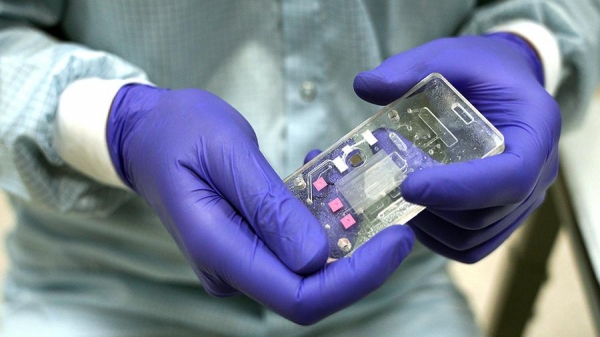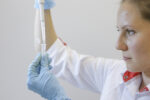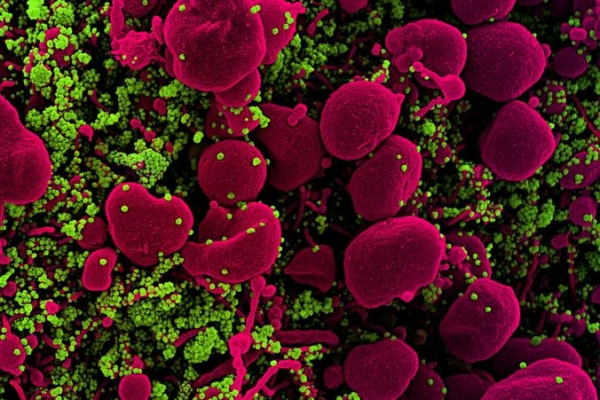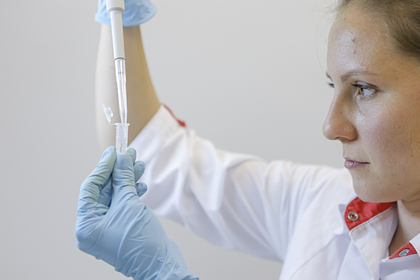
Scientists are interested in whether such markers and COVID-19 — the disease affects the respiratory system, which affects the intensity of the breaths and the muscles.
This, in turn, leads to changes of volume, tone and other voice characteristics that can be measured.
For the first experiments the researchers used a public record of votes of the celebrities who have contracted the coronavirus, but did not have symptoms. They compared their speech to the disease and after its detection. Scientists were able to identify a number of differences that may indicate infection.
The researchers analyzed formants acoustic features of speech sounds. Change them talked about how changed the work of the vocal apparatus — the tongue, lips, throat, jaw. The voice volume was used as a measure for the assessment of the respiratory system. The tone and vibrations of the tones talked about how stable and working vocal cords.
“The combination of these speech subsystems can be compared with the wrist and fingers of a skilled pianist, says Thomas Quatieri, lead author of the study. But imagine that they are forced to move together. It would have forced the pianist to play a simple melody“, In the rate of their movement is independent and very complex.
The authors constructed a spectrogram, where in increments of 10 milliseconds was measured deviations in the characteristics of the voice.
It turned out that COVID-19 really limits the variety of sound signals.
On the articulation device, the disease had a lesser impact. The largest difference was observed in the characteristics associated with respiration.
To do definitive conclusions while early, the researchers note, but the findings clearly show that COVID-19 affects the characteristics of the voices, and these changes can be used to detect disease, even if no symptoms.
To confirm the results, we need a lot more voice samples. So now researchers are working with an open dataset from Carnegie Mellon, which contains speech samples of people who test positive for coronavirus. They also are studying the possibility of implementing such a diagnostic tool using a mobile application. So, the integration of voice test for coronavirus in the app VoiceUp originally developed to explore the relationship between voice and depression. You can also add a test in the application How We Feel. It collects demographic data and data on the health status of people to identify and predict outbreaks of coronavirus infection.
Further studies are required to make the algorithm more sensitive to the factors that can affect the change of voice — the environment, the emotional state of the person, other diseases.
Integration in mobile applications will help to identify the infection at an early stage, before symptoms appear, scientists hope. This is especially important for cases of asymptomatic course of the disease — not knowing that they are sick people can infect relatives or colleagues.
Previously, the ability to identify the coronavirus voice said experts at the University of Cambridge. They have developed an application to collect data on cough and change of voice and respiration in patients with COVID-19. App COVID-19 Sounds is available for Chrome and Firefox will soon be a version for smartphones based on Android and iOS.
The app will need basic demographic and health data of users, samples of their speech, respiration and cough, as well as information about whether they have a positive test result for coronavirus. Medical consultations the application does not provide — it only collects information for research purposes.
In the future, these data will be used for more accurate diagnosis and detection of complications. In addition to data COVID-19 the researchers hope to gather information on other respiratory diseases.









More Stories
Color wheel online
The Ministry of health has promised to disclose information about the vaccine trials from COVID-19
Called “atypical” symptoms of coronavirus